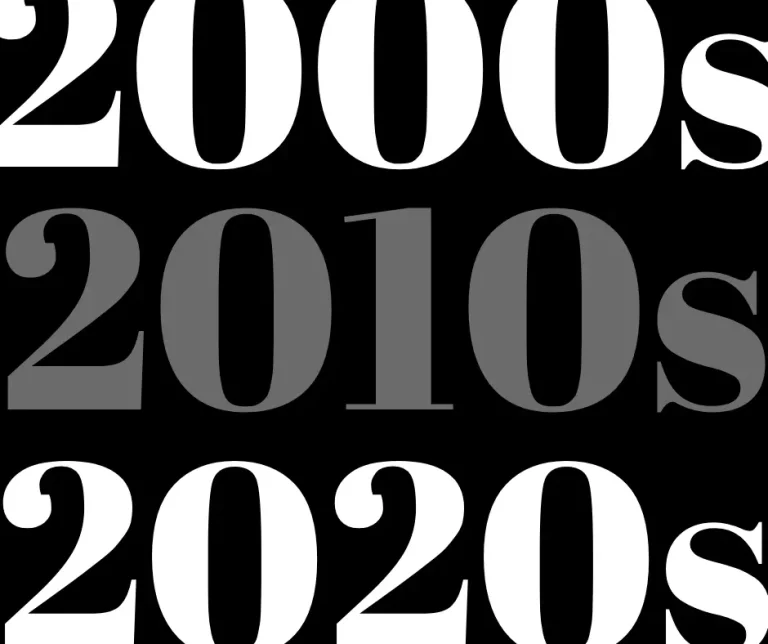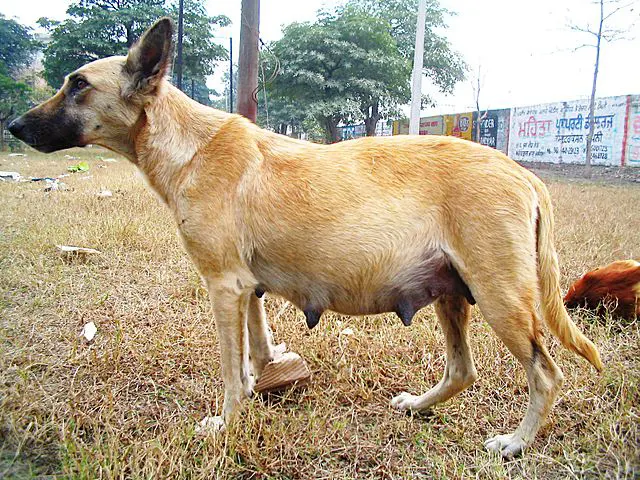Brown is one of the most widely used colours in nature. Shades of brown may be found in everything from the Earth to food to human hair and eyes. Brown isn’t one of our favourite colours, but it’s a rich hue that comes in a wide range of shades and produces natural warmth and beauty. We’ll talk about how and why we perceive brown, as well as some instances of distinct tints and how we use it in our daily lives.
What Colors Make Brown?
Colour is difficult to grasp since it is not intrinsic to an item, but rather depends on the human eye’s capacity to convert light into what the brain sees as colour. Brown, in particular, may be perplexing since it is a composite hue whose perception is influenced by other elements. When it comes to determining which colours form brown, the answer is: it depends.
Cone-shaped cells in the eye interact with associated nerves to convert short (blue), medium (green), and long wavelengths (red) of light into what the human brain perceives as colour.
Rod-shaped cells in the eye process both black and white light wavelengths. Almost everything we see is not a pure colour on the light spectrum, which explains why we perceive so many hues and even tints of well-known colours. When you consider how humans view non-pure colours, it makes it reasonable to claim that we will see orange as a mix of yellow and red wavelengths. When there are so many wavelengths present that our brain cannot distinguish between them, we perceive brown.
Depending on what additional wavelengths are present in minor variations, the light also impacts the saturation, or how brilliant or dull the colour is, and the brightness, or how light or dark it is. This alters our vision, allowing us to perceive a new “shade” of brown.
You may have observed that the simplest approach to getting brown is to mix a variety of different hues together, and it’s true that this does ultimately result in brown.
As a result, you must blend colours to create brown in painting, printing, and digital art. The main colours red, yellow, and blue may be combined to get brown. Because red and yellow form orange, blue and orange may be combined to make brown. To generate brown, the RGB model, which is used to create colour on devices like televisions and computers, employs red and green. Because this mirrors the notion of saturation and brightness and alters how we perceive the colour, the quantity of each hue combined may modify the shade of brown. You can also adjust the shade by adding more colours or changing the proportions, which we’ll go through later.
How can you make brown
Brown is made up of two colours. It all depends on the shade of brown you want! If you’re using paint, we’ll go through how to mix various hues of brown in this part. It’s important to remember that everyone sees colours differently, and brown in particular can be subjective. You may perceive or describe the following brown colours differently than someone else.
Basic Brown
To begin, blend red, yellow, and blue to get a basic medium brown. If you have orange on hand, you may also blend it with blue. Equal amounts of each colour should be used. This should result in a medium brown color. You can modify the proportions if you don’t like how it appears, but for the most basic, uncomplicated brown, they should be equal. People usually prefer this approach since it just uses primary colours and you won’t be adding and mixing for hours without knowing what you’ll get.
This also makes changing the color easy because you may just add more or less of what you currently have. You don’t have to stick to primary colors; the fun part about brown is that whatever you mix ultimately goes to brown, but if you’re mixing to get a shade rather than simply messing about, you’ll want to keep note of what’s in your mix. Remember that black and orange, or blue and orange, may also be used to form a “basic” brown.
Tan
Tan, like beige, is a very light hue of brown that requires a lighter color to be blended with brown. Tan is more like classic brown than beige and it lacks beige’s pinkish hue. To make tan, add extra yellow to the brown. You may also add a little white, but keep in mind that you want to avoid the extremely light nearly pink tint, so don’t add any red if you do.
Beige
Because beige is a very light brown, it requires the addition of white. It’s easier to add the brown to the white in this example, rather than the other way around. Instead of having to start over if you go too light, you may add the brown gradually as you go. Because beige has a faint pink hue, you need also add a dash of red. You may easily brighten up your beige by adding extra white or yellow if you believe it’s become too dark. You may also add additional brown or blue to deepen it.
Espresso
To get this dark brown, you’ll need to use deeper colours than your basic ones. So, if you want a deeper brown right away, use more red and blue than yellow. Purple and black can be used to deepen this hue even further. Purple will make the combination appear less brilliant than black, so use both for smooth final hue. If you need to brighten it up again, use yellow or grey. Avoid adding white since it will likely brighten it more than you desire.
Chestnut
This lovely brown tone is lighter than classic brown and lacks the intense colour hue of raw sienna. Chestnut is made by mixing yellow and red into brown, similar to raw sienna. They should not, however, be in identical proportions, and orange should not be substituted. Slowly add a little yellow, then a little red, until you get the desired chestnut hue. The color of chestnut should be a medium reddish-brown with a vivid, earthy tone.
Your Life in Brown
Brown is frequently associated with dullness and boredom, and it continually rates poorly in polls of people’s favourite colours. Beige in particular gets a bad image when it comes to decorating, but current trends have invited mild earth tones to smooth out colour schemes, especially in some designs that rely on neutrals and cool hues, such as country chic, farmhouse chic, or rustic. Brown is used to represent naturalness and simplicity. Consider the nostalgia and simplicity associated with brown paper bags. It’s relaxing to wrap things in brown paper or prepare a lunch in a paper bag. There’s a reason why most grocery stores give you a plastic bag, but Whole Foods gives you a brown paper bag. Brown paper denotes a natural and healthy product. Brown has other good meanings, such as getting presents, gardening, nature, and animals. Brown is used by artists to represent strength, stability, and warmth because of its close ties to the earth and naturally occurring colours. Brown may be utilized to convey a sense of security and reliability.






